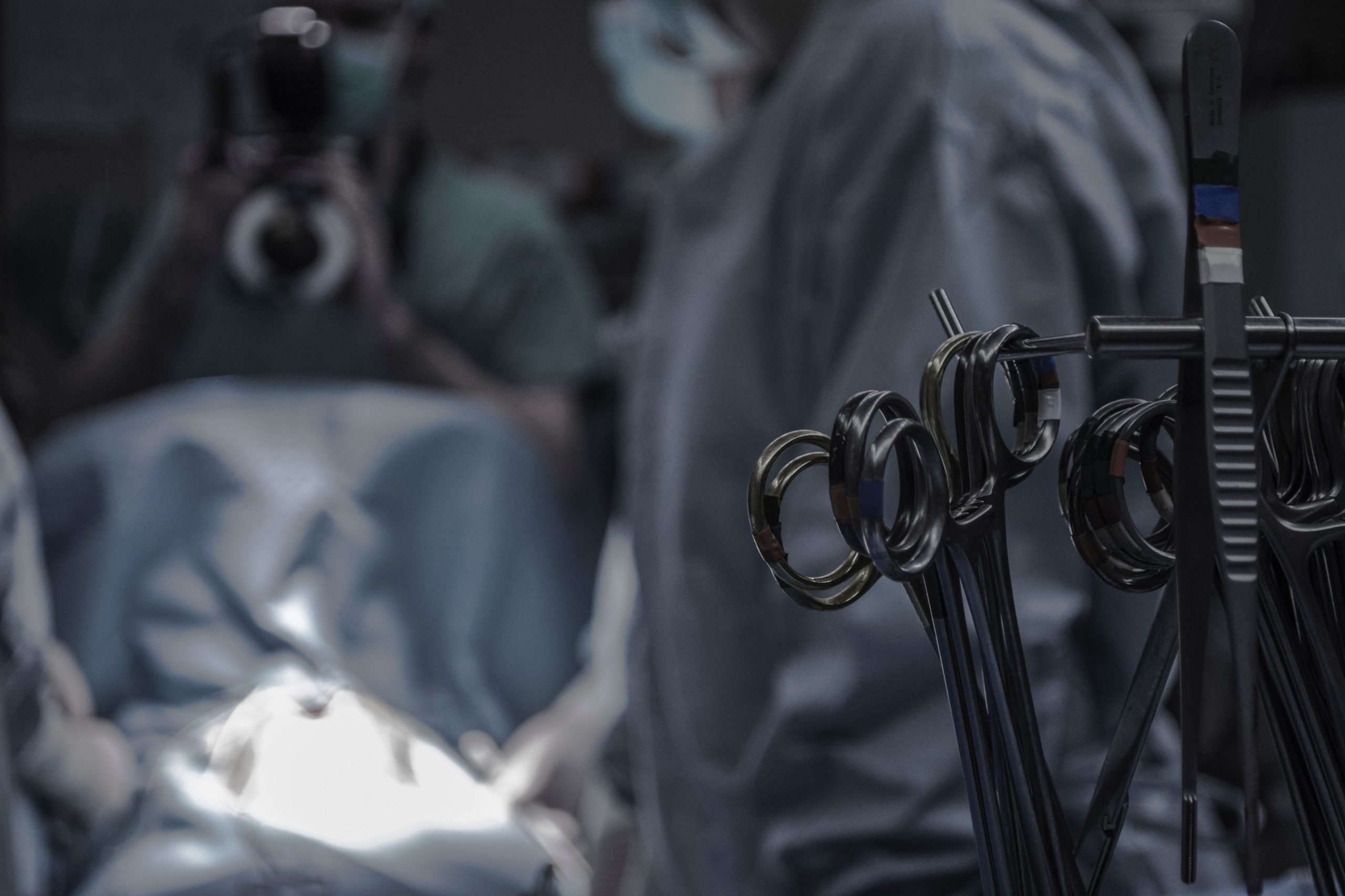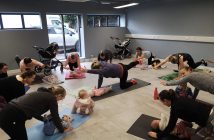Surgeons from Sutton Coldfield’s Spire Little Aston Hospital explain how robotic systems are already transforming joint replacement operations
Surgical technology has brought the future into everyday operations as robotic systems come increasingly into use.
“Joint replacement surgery has changed and there is no going back,” said consultant orthopaedic surgeon Mr Shiv Jain.
Indeed there can be few forms of surgery that have developed so dramatically over the past 20 years as knee and hip replacements.
Now the Mako Robotic-Arm system, which has been in operation for just over a year at Spire Little Aston Hospital in Sutton Coldfield, has raised the bar yet again according to surgeons using the technology.
Mr Jain said: “This equipment provides amazing precision which, in turn, results in a more natural feeling and functioning joint and an increase in patient satisfaction.
“It is certain that joint surgery technology will continue to improve in the years to come but, at this moment in time, the Mako system really is a game-changer.”
The Mako system uses CT scans to generate an exact model of the patient’s knee or hip. That information is then fed back through the robotic arm allowing the surgeon to determine how much bone to remove and also to ensure accurate alignment and achieve optimum soft tissue balancing.
Mr Mark Dunbar specialises exclusively on knees, performing ligament and meniscal procedures as well joint replacement and knee revision surgery.
He said: “I have found Mako to be an excellent tool for translating the advances made in our understanding of joint replacement technology into practical excellence.
“Robotic assistance is a real step forward, allowing me to deliver the best knee replacements that I can whilst individually tailoring to my patients’ anatomy. The results, so far, speak for themselves.”
Mr Jamie Arbuthnot, who started using the system when it was first put into action at Spire Little Aston, said: “I think the arrival of Mako put the hospital at the cutting-edge of joint replacement surgery.
“It allows me to consistently optimise implant placement which gives the patient a more natural-feeling knee and usually means a quicker recovery time and much reduced post-operative pain.
“The best type of joint replacement is one that lets you forget you actually have one and I really think Mako enables surgeons to meet that goal.”
Another orthopaedic surgeon to regularly use the Mako system is Mr Callum McBryde, who specialises in hip and groin problems.
He is keen to point out that surgery is not the answer to every hip problem – but when surgery is the answer patients are beginning to demand robotic technology as the word of its success continues to spread.
“Hip replacement surgery started in the 60s and became much more commonplace in the 70s and 80s as both clinical knowledge and surgical technology improved. However, the introduction of robotic technology such as the Mako system has had a major impact on the procedure and its outcomes.
“Recovery rates now are excellent, with most people able to continue an active and energetic lifestyle after their operation. Putting up with pain should no longer be an option – in nearly all cases we can do something to improve a person’s quality of life,” he explained.
Mr Panos Makrides carried out one of Spire Little Aston’s first Mako knee replacement surgeries with excellent results. The patient, Veronica Pennycuick, said afterwards: “I was able to walk without crutches 10 days after the operation and have always had total confidence in the replacement joint. My other knee will need replacing soon and I would wish to have the Mako procedure again.”
Mr Makrides utilises a combination of robotic technology, with a minimally invasive approach to perform hip replacements. This enables patients to recover faster and return back to function much earlier.




